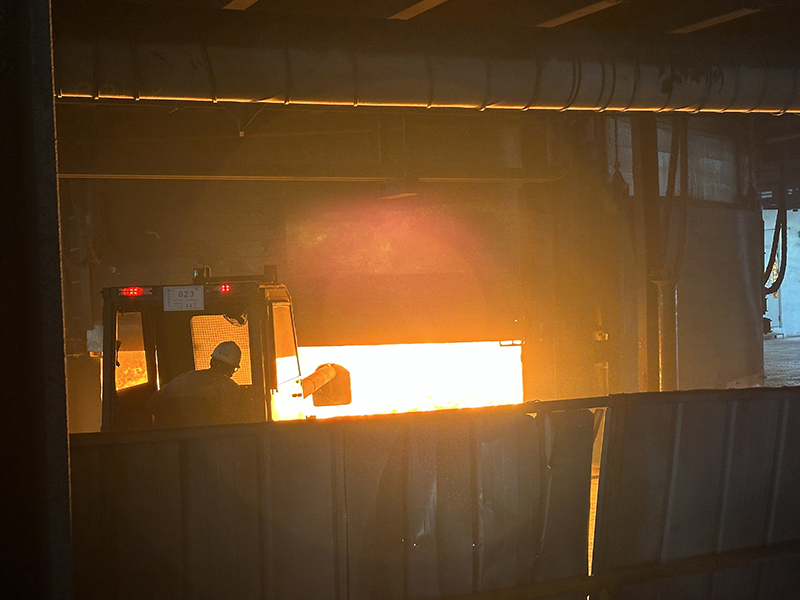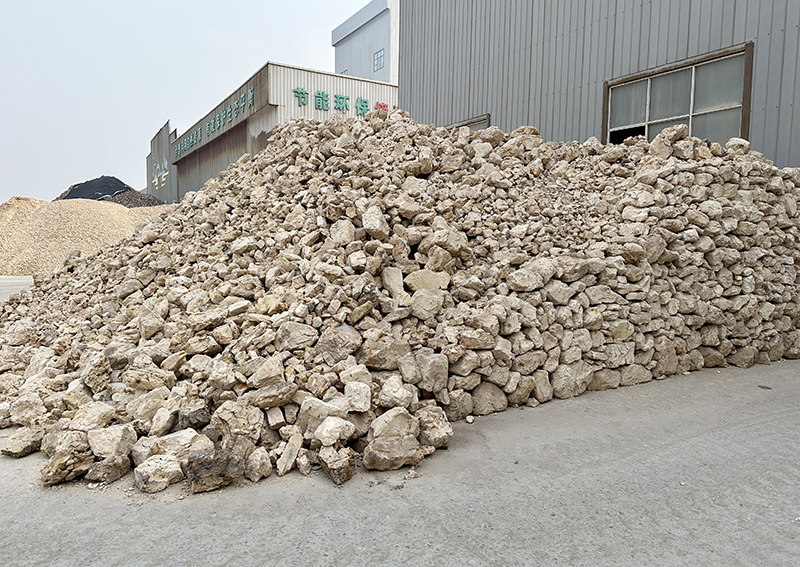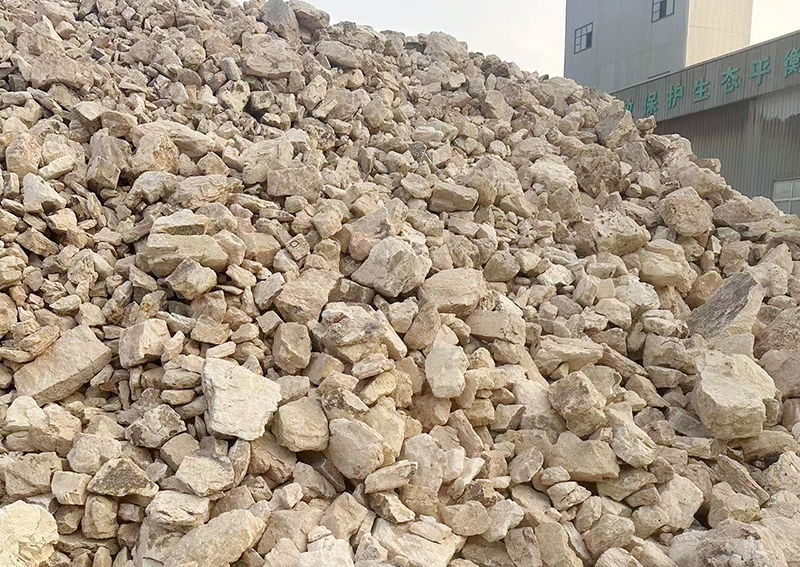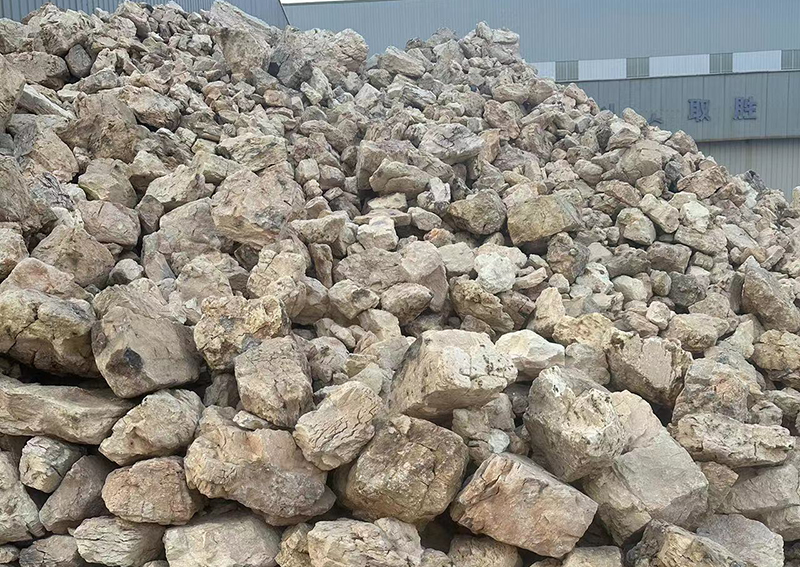Innovative refractory materials for efficient ferrosilicon furnaces
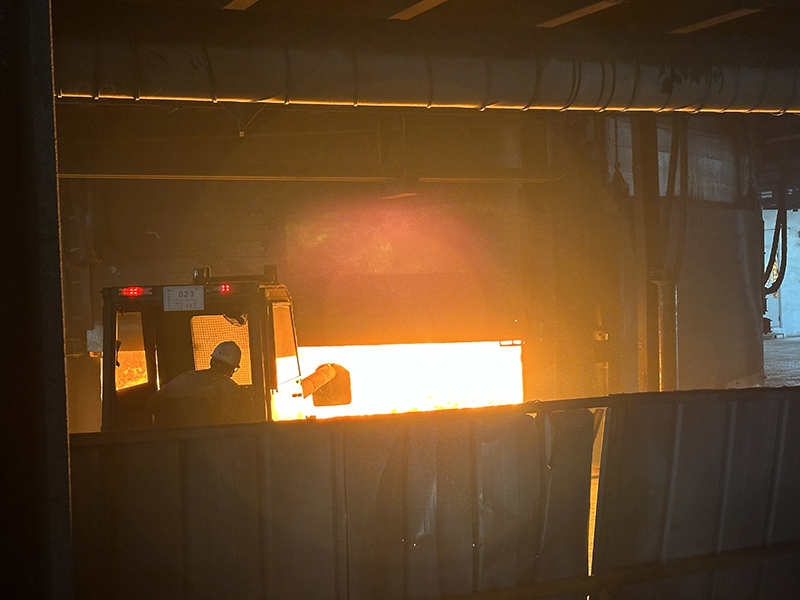
Ferrosilicon furnaces mainly produce ferrosilicon, ferromanganese, ferrochromium, ferrotungsten, and silicon-manganese alloys. The production method is continuous feeding and intermittent tapping of iron slag. It is an industrial electric furnace that operates continuously.
Ferrosilicon furnace is a high-energy-consuming furnace type, which can reduce energy consumption and increase output, so that the life of the furnace can be used for a long time. Only in this way can the enterprise's production costs and waste residue pollutant emissions be reduced. The following introduces the different reaction temperatures of ferrosilicon furnaces. The use of refractory materials of different materials is for reference only.
New material preheating area: The uppermost layer is about 500mm, with a temperature of 500℃-1000℃, high-temperature airflow, electrode conduction heat, combustion of surface charge, and charge distribution current resistance heat. The temperature of this part is different, and it is lined with clay bricks.
Preheating zone: After the water evaporates, the charge will gradually move downwards and undergo preliminary changes in the silica crystal form in the preheating zone, expand in volume, and then crack or burst. The temperature in this section is around 1300°C. Built with high alumina bricks.
Sintering area: It is the crucible shell. The temperature is between 1500℃ and 1700℃. Liquid silicon and iron are generated and dripped into the molten pool. The sintering and gas permeability of the furnace material are poor. The blocks should be broken to restore gas ventilation and increase resistance. The temperature in this area is high. Very corrosive. It is built with semi-graphitic carbon - carbonized silicon bricks.
Reduction zone: A large number of intense material chemical reaction zones. The temperature of the crucible zone is between 1750°C and 2000°C. The lower part is connected to the arc cavity and is mainly used for the decomposition of SIC, the generation of ferrosilicon, the reaction of liquid Si2O with C and Si, etc. High-temperature areas must be constructed with semi-graphite roasted carbon bricks.
Arc zone: In the cavity area at the bottom of the electrode, the temperature is above 2000°C. The temperature in this area is the highest temperature area in the entire furnace and the source of the largest temperature distribution in the entire furnace body. Therefore, when the electrode is inserted shallowly, the high temperature area moves upward, and the furnace bottom temperature Low molten slag is less discharged, forming a false furnace bottom, causing the tap hole to move upward. A certain false furnace bottom has certain benefits for furnace protection. Generally speaking, the depth of electrode insertion has a lot to do with the diameter of the electrode. The general insertion depth should be kept at 400mm-500mm from the bottom of the furnace. This part has a higher temperature and is built with semi-graphite roasted charcoal bricks.
The permanent layer is made of phosphate concrete or clay bricks. The furnace door can be cast with corundum castables or pre-laid with silicon carbide bricks.
In short, according to the size, temperature, and corrosion degree of the ferrosilicon furnace, appropriate, environmentally friendly, and different materials of refractory bricks and castables should be selected for lining.







